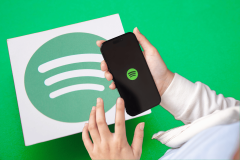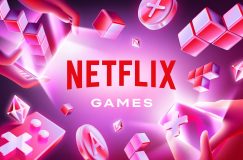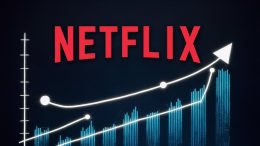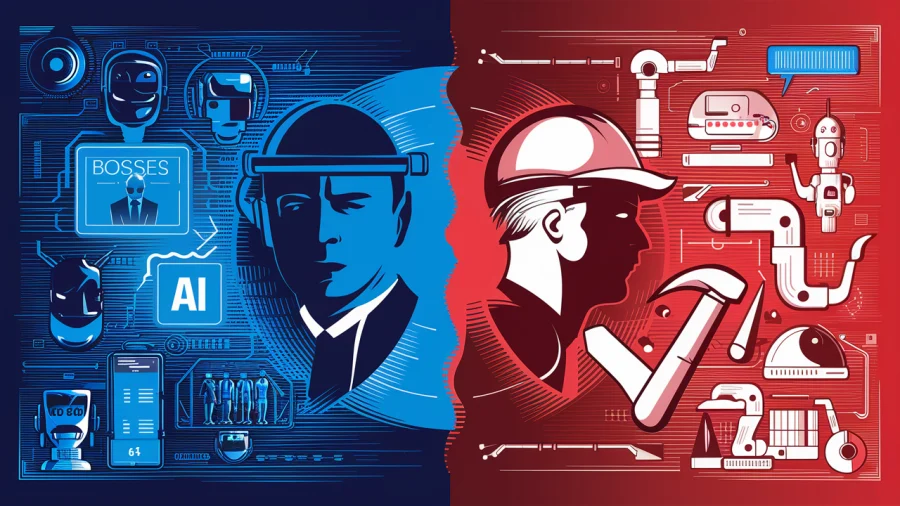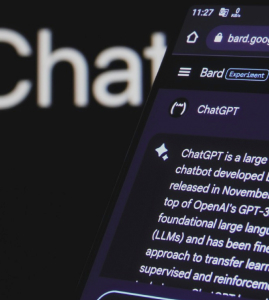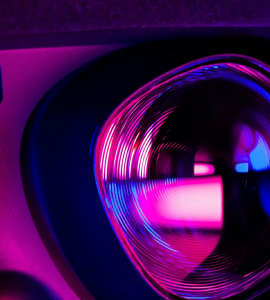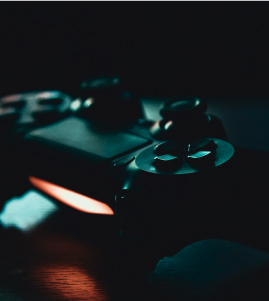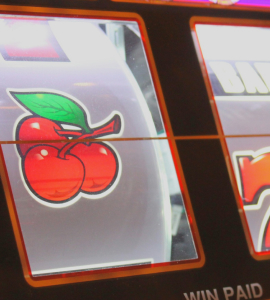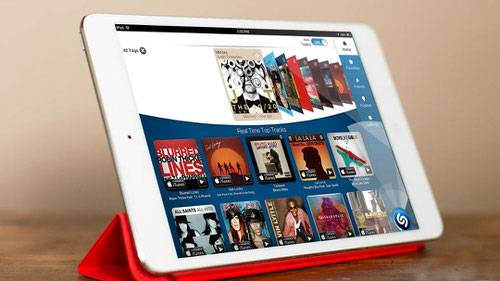
Shazam, an app best known for identifying songs playing around you, is making a big move into identifying all kinds of media playing around you.
That promises to move Shazam from our pockets, where its smartphone apps mostly identify songs, to our living rooms—and hence to the tablets we typically keep near our TVs. Those tablets are becoming known as “second screens”—and Shazam wants to have a big presence on them.
The most intriguing aspect of Shazam’s latest version is its added capability to tag events on live TV in the U.S., a clear sign that Shazam wants to be the gateway app for second-screen use. As you watch a TV show, Shazam can listen and identify it, revealing information about the show and linking to related content. Commercials will be tagged as well, giving advertisers another channel to reach you.
(See Why The Future of Shazam Is TV, Not Music.)
iPad users will also now get to use auto-tagging and lyrics delivered through Shazam’s LyricPlay system. Those features were previously available on other platforms, but not the iPad version.
The social aspects of the new version of the app are not to be ignored. The home screen on the iPad app will have real-time updates on what shows and songs people find popular. Shazam users on both iPhones and iPads will now be able to explore a map of tagged music, presumably to discover what the people around them like.
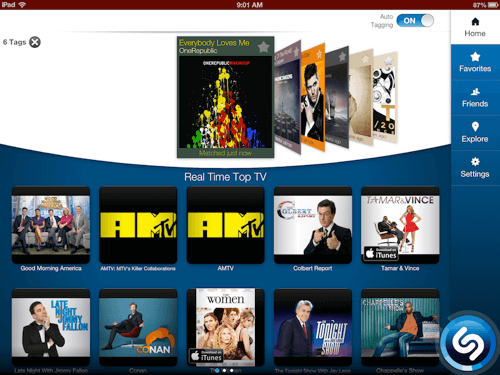
Playing around with the app today, I found most of the features worked as advertised, though there was a period where the app’s tagging did not work—the app thought I wasn’t connected to the Internet. (I was.) Live TV tagging picked up very quickly—though it does need to be live, I discovered. Some shows I have on Amazon Prime didn’t get tagged when played back on my Roku player.
I appreciated Shazam’s integration with Rdio, the streaming-music service, but if I wanted to connect to Spotify (or Pandora), I would have to pay a one-time fee of $6.99 for the Encore edition.
Beyond the new features for iPad users, the new version of Shazam offers a sneak peek into a potential future of online entertainment: a strong blend of social and multimedia content designed to make us forget the time when we ever watched TV through a single, lonely screen.
